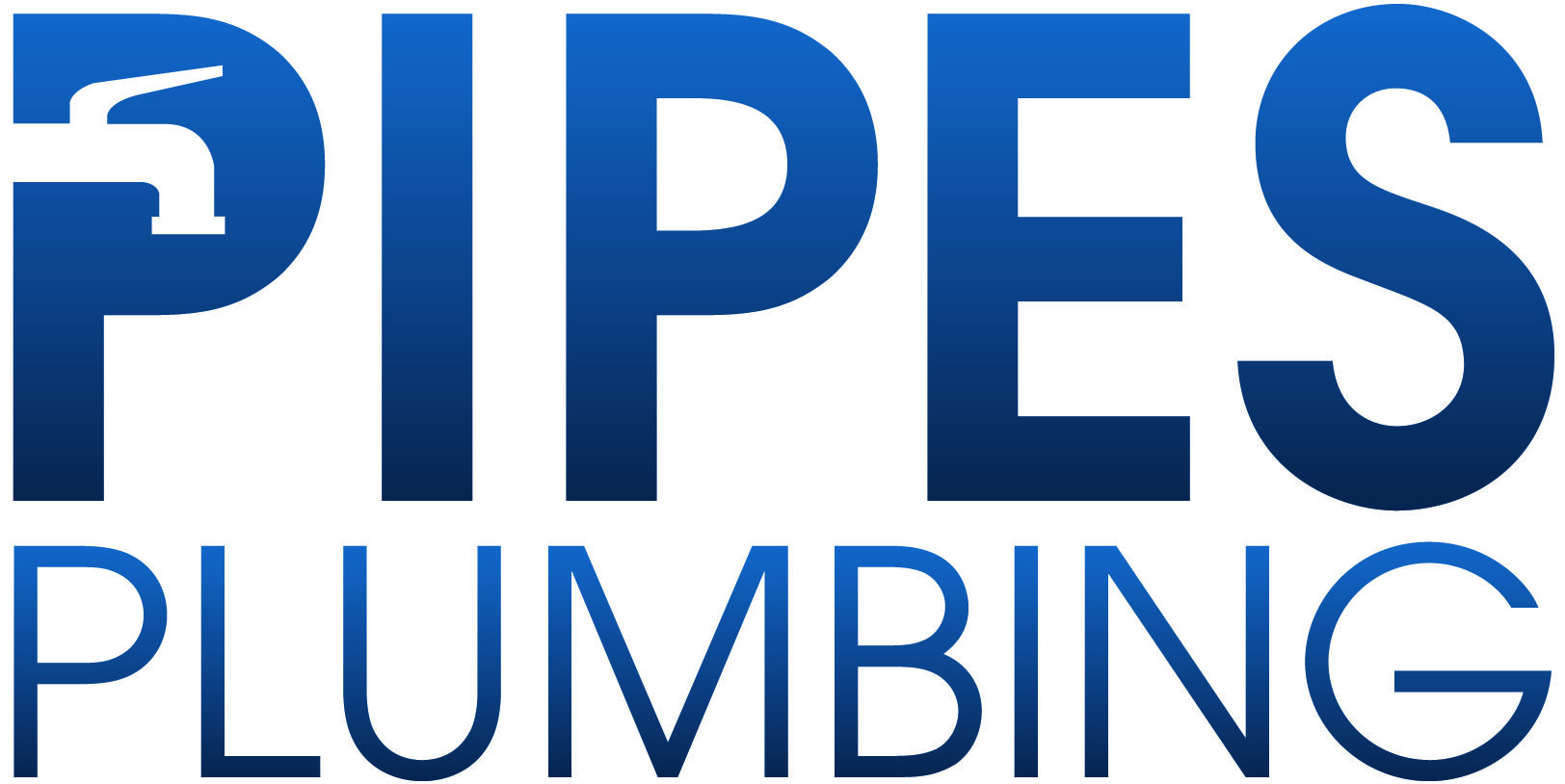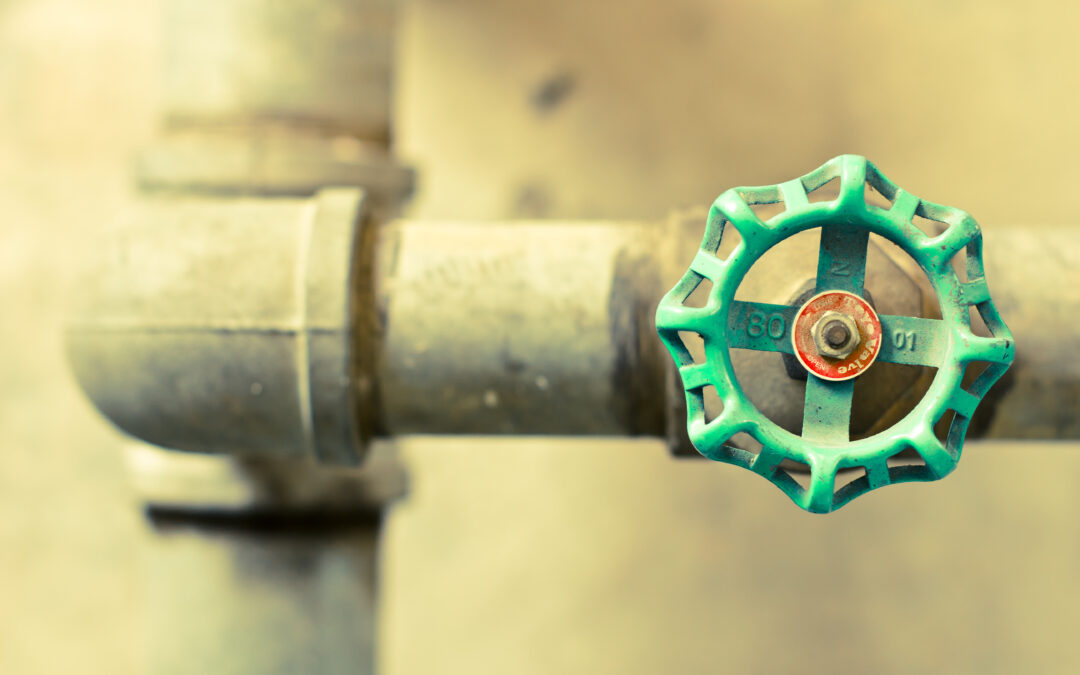Every homeowner wants to protect their living space from potential damage and health hazards, and prevention is often the key to maintaining a safe and comfortable environment. One critical aspect of home protection that is often overlooked or underappreciated is the installation of backwater valves, which safeguard our Ottawa homes from sewage backflow. A properly installed backwater valve is vital to ensuring that your plumbing system functions efficiently and effectively, preventing wastewater from ever entering your home.
In this blog, we will explore the topic of backwater valves, providing an overview of what they are, how they work, and why they are an essential element of protection for your Ottawa home. We understand that plumbing issues are never a pleasant experience, especially when they involve sewage backup. That’s why, as your local plumbing and heating experts, we’re committed to sharing our knowledge and expertise to bolster your home’s defences against costly and hazardous sewage backflow incidents.
Defining the Purpose: What Are Backwater Valves?
A backwater valve is an essential component of any plumbing system, designed to prevent sewage from flowing back into your home during heavy rainfalls or city sewer system backups. These valves, installed in the main sewer line or individual pipes connected to plumbing fixtures, act as a one-way gate, allowing wastewater to flow away from your home while stopping any potential backflow in its tracks.
When functioning correctly, backwater valves significantly reduce the risk of unsanitary water and sewer gasses entering your Ottawa home, thereby protecting your living space from potential water damage, foul odours, and health hazards.
The Principle Behind Effective Backflow Prevention
Backwater valves operate under a straightforward yet effective principle. They consist of a small flap or gate that opens and closes in response to the direction of the water flow. When water flows away from your home as it’s supposed to, the flap opens and allows wastewater to pass through. However, if the water flow reverses due to backflow, the flap closes automatically, forming a seal that prevents sewage from entering your home’s plumbing system.
Regular maintenance of your backwater valve is essential to ensure that the flap moves freely and that the seal is always tight when needed. Inspecting and cleaning the valve should become a routine part of your overall home plumbing maintenance plan.
The Importance of Professional Backwater Valve Installation
While understanding the basic functionality of a backwater valve is relatively simple, its proper installation is a complex process best left to experienced professionals. Factors such as valve type, placement, and local building codes all come into play, making it essential to consult with an expert plumber well-versed in backwater valve installation.
Licensed plumbers have the knowledge, skills, and equipment necessary to evaluate your home’s plumbing system, identify potential backflow issues, and recommend a suitable backwater valve solution. They will also ensure that the installation adheres to Ottawa’s local building codes and complies with any applicable regulations.
Different Types of Backwater Valves for Your Ottawa Residence
There are several different types of backwater valves available in the market, each designed with unique features and tailored to specific applications. Here, we’ll discuss the three most common types of backwater valves for residential use:
- Flapper-style Valves: Flapper-style backwater valves utilize a hinged flap that opens and closes in response to water flow. When water flows in the correct direction, the flap raises and allows passage. In the event of backflow, the flap drops and forms a seal, protecting your home from sewer water.
- Gate-style Valves: Gate-style backwater valves feature a vertical sliding gate mechanism. The gate slides freely up and down, aligning with water flow direction. It remains elevated during normal water flow but slides to a closed position during backflow, preventing wastewater intrusion.
- Dual-flap Valves: Dual-flap backwater valves offer increased protection by incorporating two flaps into their design. This redundancy provides an added layer of security against potential backflow, making them a popular choice among Ottawa homeowners.
Understanding the similarities and differences between different backwater valves is crucial in selecting the right valve for your specific needs. A professional plumber can guide you through this process and provide expert recommendations tailored to your home’s unique plumbing system.
Conclusion
Installing a backwater valve in your Ottawa home is a crucial step towards ensuring a safe and well-functioning plumbing system. By understanding the purpose, principle, and variety of backwater valve options available, you are better equipped to make an informed decision and protect your home from the hazards of sewage backflow.
As plumbing and heating experts, we provide exceptional plumbing service and guidance, ensuring that your backwater valve installation is performed correctly and efficiently. Contact Pipes Plumbing today to discuss your backwater valve needs and secure the peace of mind that comes with a well-protected Ottawa residence.

